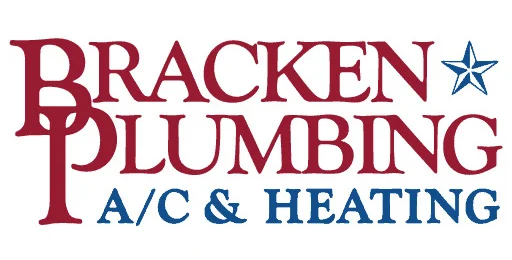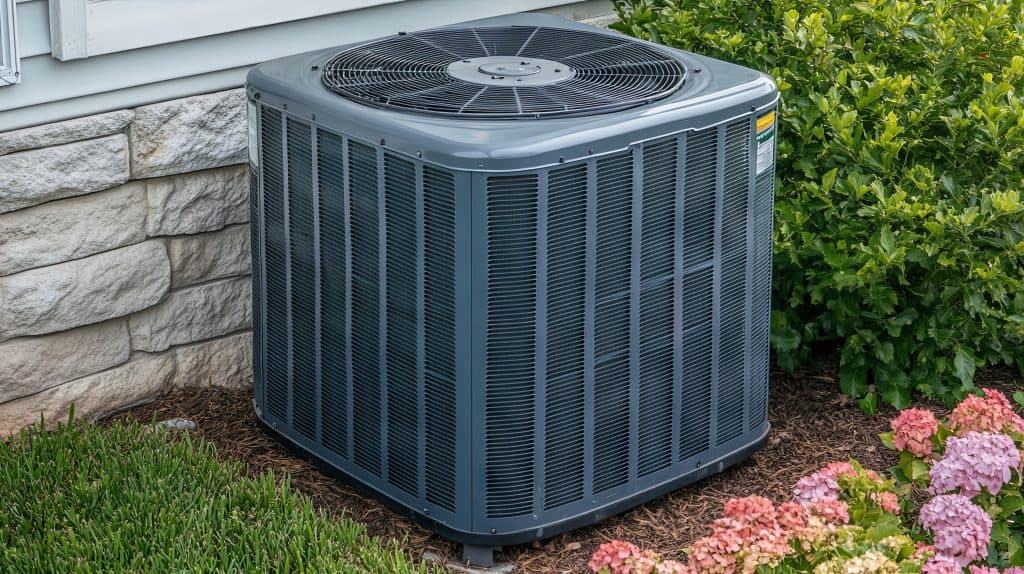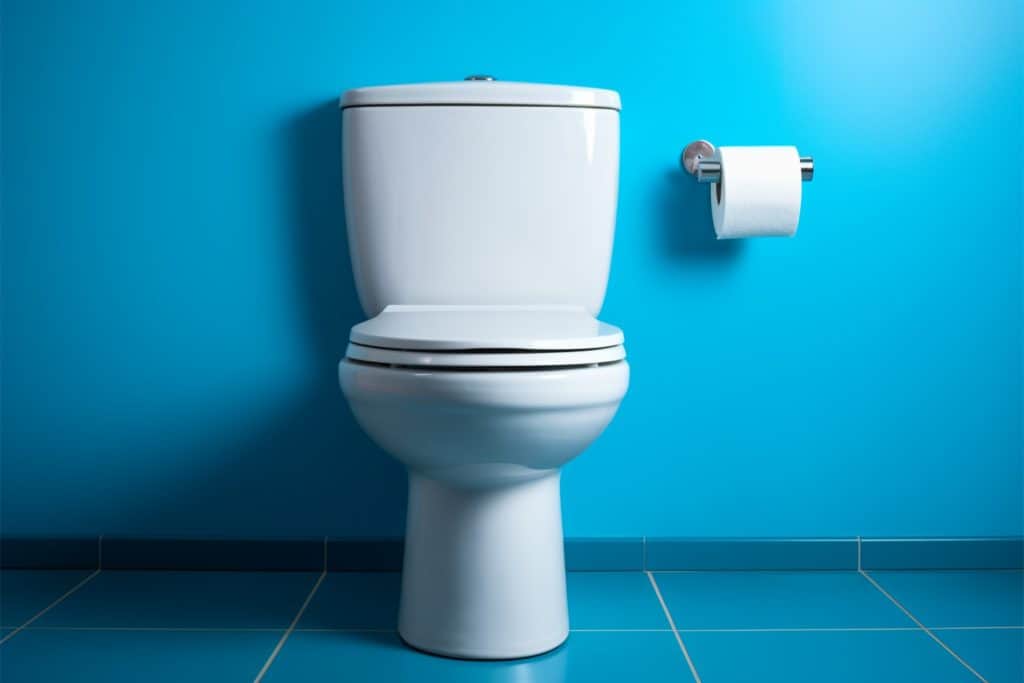Maintaining a sound plumbing system is essential for any homeowner. A hydrostatic plumbing test plays a crucial role in ensuring the integrity of your pipes. This test helps detect leaks that might otherwise go unnoticed, safeguarding your home from potential water damage. In this article, we will explore the importance of hydrostatic plumbing tests, when to consider a plumbing static test, and how these tests benefit homeowners.
A hydrostatic plumbing test involves filling your plumbing system with water to check for leaks. This method is effective in identifying issues that are not visible to the naked eye, such as leaks in underground pipes. By conducting regular plumbing testing, you can prevent significant damage and costly repairs. Understanding when to perform these tests and the warning signs to look out for is crucial for maintaining a healthy plumbing system.
Throughout this article, we will delve into the specifics of hydrostatic plumbing tests, including the process involved and the equipment required. We will also discuss scenarios when these tests become necessary, such as unexplained increases in water bills or after purchasing a new home. By the end, you will have a comprehensive understanding of how hydrostatic plumbing tests can protect your home and provide peace of mind.
What is a Hydrostatic Plumbing Test?
A hydrostatic plumbing test is a method used to detect leaks in your plumbing system. The test involves filling the pipes with water and observing for any drops in pressure, which indicates a leak. This process helps identify issues that are not visible, such as leaks in underground pipes. Conducting a hydrostatic plumbing test is essential for maintaining the integrity of your plumbing system.
The process of a hydrostatic plumbing test requires specific equipment, including pressure gauges and water pumps. These tools help ensure accurate results by measuring the pressure within the pipes. By using this method, homeowners can detect leaks early, preventing further damage and costly repairs. Understanding the basics of your home’s plumbing system can further aid in identifying potential issues.
Hydrostatic plumbing tests are crucial for detecting leaks that might otherwise go unnoticed. These tests help ensure that your plumbing system is functioning correctly and can handle the demands of daily use. By identifying leaks early, you can prevent significant damage and maintain the integrity of your home’s plumbing system.
When Should Homeowners Consider a Hydrostatic Test?
Homeowners should consider a hydrostatic plumbing test in various scenarios. One common reason is an unexplained increase in water bills, which could indicate a hidden leak. Another situation is when purchasing a new home, as it ensures the plumbing system is in good condition. Regular plumbing testing can help prevent significant damage and costly repairs.
Potential warning signs that might prompt the need for a hydrostatic test include damp spots on walls or floors, the sound of running water when no fixtures are in use, and low water pressure. These signs suggest a possible leak in the plumbing system, which a hydrostatic test can confirm. Addressing water-related damages is a vital part of maintaining your home’s infrastructure.
Regular plumbing testing is essential for preventing significant damage and costly repairs. By conducting hydrostatic tests, homeowners can detect leaks early and address them before they cause extensive damage. This proactive approach ensures the longevity and efficiency of your plumbing system, saving you money in the long run.
Important Facts About Hydrostatic Plumbing TestsMaintaining a sound plumbing system is crucial for every homeowner. One effective method to ensure your pipes are in good shape is through hydrostatic plumbing tests. Below are some important facts about these tests.
|
Ensuring Pipe Integrity with Hydrostatic Tests
Hydrostatic plumbing tests are essential for detecting hidden leaks and assessing the overall strength of your pipes. By applying pressure to the system, these tests reveal weaknesses that might otherwise go unnoticed. Identifying issues early helps homeowners avoid costly repairs and structural damage, ensuring a more reliable plumbing system.
Proactive leak detection plays a key role in preventing water damage and unexpected failures. Addressing minor weaknesses before they escalate protects your home and keeps your plumbing functioning efficiently. Regular testing can identify concerns early, helping to maintain a well-operating system. Many common residential plumbing issues can be avoided with proper maintenance and preventive measures, including routine inspections and timely repairs.
Confirming that your pipes are in good condition provides peace of mind for any homeowner. Hydrostatic testing is a proven way to catch potential issues before they become major problems, improving efficiency and reducing the risk of emergencies. Taking a proactive approach to plumbing maintenance ensures long-term durability and prevents unnecessary disruptions to your home.
The Cost and Value of Hydrostatic Testing
Hydrostatic testing is a valuable investment for homeowners looking to prevent costly plumbing failures. The cost of a test varies depending on the size and complexity of your plumbing system, but the long-term savings can be substantial. Identifying leaks early helps avoid extensive water damage and expensive repairs, making this proactive service a smart financial decision.
Beyond immediate savings, hydrostatic testing plays a crucial role in extending the lifespan of your plumbing system. Routine maintenance ensures efficiency, prevents unexpected failures, and keeps your home’s infrastructure in top condition. Homeowners who prioritize regular inspections and upkeep benefit from fewer emergency repairs and more reliable plumbing performance, including strategies for preventing common maintenance issues.
Investing in hydrostatic testing is about more than just avoiding repair costs—it’s about long-term home protection. Ensuring that your plumbing system remains structurally sound safeguards your home’s value and provides peace of mind. Proactive testing and maintenance are key to preventing disruptions and maintaining a worry-free plumbing system.
Preparing for a Hydrostatic Plumbing Test
Preparing for a hydrostatic plumbing test involves a few simple steps that homeowners can take to ensure a smooth process. First, it’s essential to choose a reliable plumbing service with experience in conducting hydrostatic tests. A professional service will have the necessary equipment and expertise to perform the test accurately and efficiently.
Before the test, homeowners should also consider routine plumbing maintenance practices that complement hydrostatic testing. Regular maintenance helps keep your plumbing system in good condition and can make the testing process more straightforward. For tips on maintaining your plumbing, you might find it helpful to explore signs you need professional drain cleaning services.
Additionally, preparing for a hydrostatic test involves understanding the process and what to expect. Homeowners should clear any obstructions around the plumbing system and ensure that all fixtures are accessible. By taking these steps, you can help ensure that the test is conducted smoothly and effectively.
Common Misconceptions About Hydrostatic Testing
Many homeowners have misconceptions about hydrostatic testing, leading to unnecessary concerns about the process. One common myth is that these tests can damage pipes. In reality, hydrostatic tests are carefully designed to assess plumbing integrity without causing harm. Conducted under controlled conditions, they help identify potential weaknesses safely and accurately.
Another misunderstanding is that hydrostatic testing is only necessary when there’s a visible plumbing issue. In truth, these tests serve as a proactive measure, detecting hidden leaks before they escalate into major problems. Catching these issues early helps prevent costly water damage and extensive repairs, reinforcing the importance of knowing when to rely on professional plumbing services.
Some homeowners also assume that hydrostatic testing is only relevant for older homes. However, any plumbing system—regardless of age—can develop leaks due to shifting soil, wear, or poor installation. Regular testing ensures that both new and older homes maintain a reliable plumbing system, reducing the risk of unexpected failures and costly repairs.
FAQs: Hydrostatic Plumbing Tests
Many homeowners have questions about hydrostatic plumbing tests. Here, we answer some of the most common questions to help clear up any doubts you may have.
What is a hydrostatic test in plumbing?
A hydrostatic plumbing test checks for leaks in your plumbing system by filling the pipes with water and monitoring the pressure. This test can reveal hidden problems in pipes, especially those underground. Understanding the basics of your home’s plumbing system could provide more context.
How often should hydrostatic tests be conducted?
Hydrostatic tests should be part of your regular plumbing maintenance routine. We recommend testing every couple of years. However, conduct tests immediately if you notice unexplained water usage increases or suspect a leak. Regular plumbing testing can save you from costly repairs.
Can hydrostatic tests damage my pipes?
When professionals carry out hydrostatic tests, they ensure the safety of your pipes. Problems arise only if there are existing weaknesses. The tests help detect these issues early. For more on preventing problems, you might find these tips on extending the lifespan of your system useful.
Are hydrostatic tests covered by homeowners insurance?
Coverage varies by policy. It’s best to check with your insurance provider. Homeowners insurance often covers sudden damage but may not cover routine maintenance tests. Consider investing in regular plumbing maintenance for peace of mind.
How long does a hydrostatic test take?
A typical hydrostatic test takes one to two hours. The exact time depends on the size and complexity of your plumbing system. Preparing your home and knowing what to expect can help streamline the process.
Why Hydrostatic Testing Matters
Maintaining a plumbing system isn’t just about fixing leaks—it’s about preventing them. Hydrostatic plumbing tests play a critical role in ensuring your pipes can handle daily demands without failure. By identifying weaknesses early, these tests help prevent costly damage and unexpected disruptions to your home.
Undetected leaks in underground pipes can lead to structural damage, water waste, and rising utility bills. Hydrostatic testing provides a proactive solution by pinpointing hidden issues before they escalate. If you’ve noticed unexplained increases in your water bill, this type of test can help determine whether a leak is the culprit.
The process involves filling your plumbing system with water and monitoring pressure levels to detect leaks. Far from being just a precaution, hydrostatic testing is an essential part of maintaining the longevity of your pipes. Investing in these tests helps secure the integrity of your plumbing system, preventing major repairs down the line.
Financially, hydrostatic testing makes sense. By catching issues early, you avoid the high costs of water damage and extensive repairs. Regular testing extends the lifespan of your plumbing, ensuring you get the best return on your investment. A well-maintained system means fewer emergencies and greater peace of mind.
Choosing a trusted plumbing professional is key to accurate and safe hydrostatic testing. When combined with routine maintenance, these tests help keep your plumbing in peak condition while preserving your home’s value. Addressing small issues before they turn into major problems is the best way to ensure a long-lasting, reliable plumbing system.
There are also misconceptions about hydrostatic testing—some homeowners worry about its safety or necessity. However, when performed by experienced professionals, these tests are both safe and highly effective in assessing your plumbing’s condition.
In short, hydrostatic testing is a proven way to safeguard your home. Regular inspections protect against hidden damage, saving you from costly repairs. A proactive approach keeps your plumbing system efficient, reducing risks and enhancing overall home maintenance.
Conclusion
Hydrostatic testing is a vital step in maintaining a reliable plumbing system. By identifying potential problems before they worsen, you avoid costly repairs and unexpected damage. Professional testing ensures that your home’s plumbing remains in top condition, securing both its value and your peace of mind.
Don’t wait for leaks to cause serious damage. Take action now to protect your home’s infrastructure. Contact us today to schedule a professional hydrostatic test and ensure your plumbing is in optimal shape.




